When someone mentioned to me that Xiaomi was launching its own “robot dog,” my mind immediately went to Sony’s Aibo. And honestly, it would have been difficult to be more wrong. Now that the news has been out for a few days, the company’s heard all of your bad Black Mirror jokes, don’t worry.
And, honestly, the Chinese hardware maker didn’t do itself any favors with the design here. Boston Dynamics has done a lot to imbue its quadrupedal robots with personality, through design language and viral videos of Spot and company busting a move to the Dirty Dancing soundtrack.
With Cyberdog, however, Xiaomi’s design team clearly just leaned in and went full-on Robocop (and the Bladerunner pastiche doesn’t help) . I receive a deluge of Metalhead gifs every time I post something about Boston Dynamics — seriously, I’m using Cyberdog as the lead image on this post, just so you can see what I mean. Go check the replies on Twitter. I’ll wait.
Image Credits: Xiaomi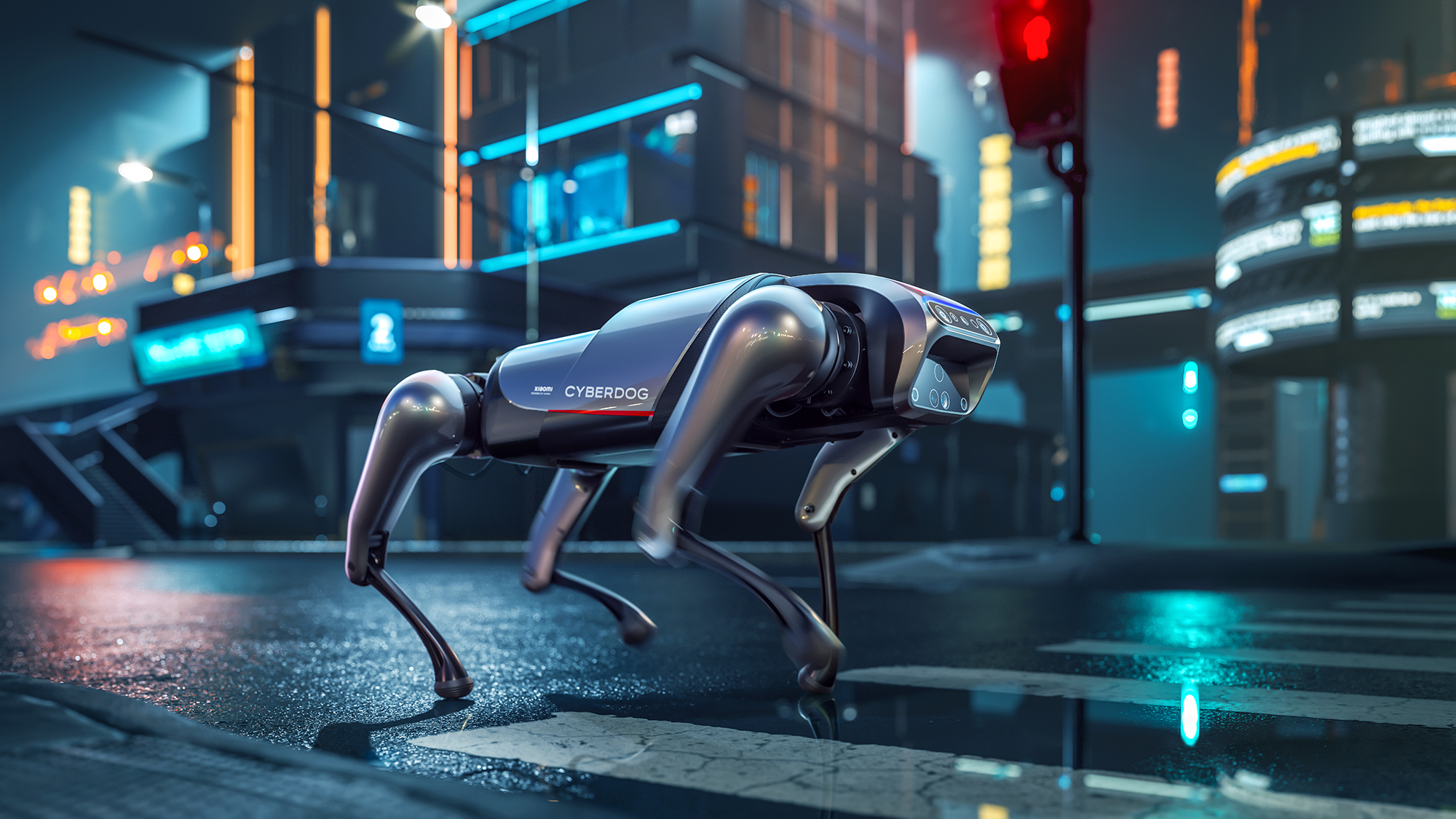
Xiaomi is, of course, far from the first company to release a Spot-like quadrupedal robot. There are a number of companies competing in that space, including ANYmal and Ghost Robotics. For its part, Xiaomi is looking to put a developer spin on the category. Per the Mi blog:
CyberDog is Xiaomi’s first foray into quadruped robotics for the open source community and developers worldwide. Robotics enthusiasts interested in CyberDog can compete or co-create with other like-minded Xiaomi Fans, together propelling the development and potential of quadruped robots.
Image Credits: Xiaomi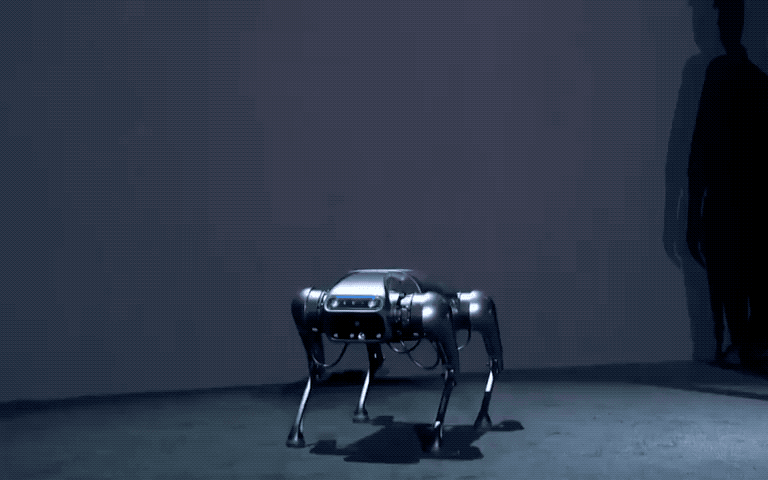
The robot is powered by Nvidia’s Jetson Xavier NX platform, coupled with 11-built in sensors, including cameras, touch, GPS and more. The company will be release 1,000 of the robots, price at roughly $1,540 — a fraction of the cost of the advanced Spot system. The robot is also a fraction of the size of Boston Dynamics’ quadruped. And while there are superficial similarities the project really couldn’t be more different.
Xiaomi’s entry into robotics is more about building hardware for Nvidia’s platform. It’s a (relatively) inexpensive way for people to get a hang of programming and, perhaps, protoyping robotics. The likely limited functionality — and availability — are pretty clear indications that that the company’s not trying to put a Cyberdog in every home just yet.
Bear Flag Robotics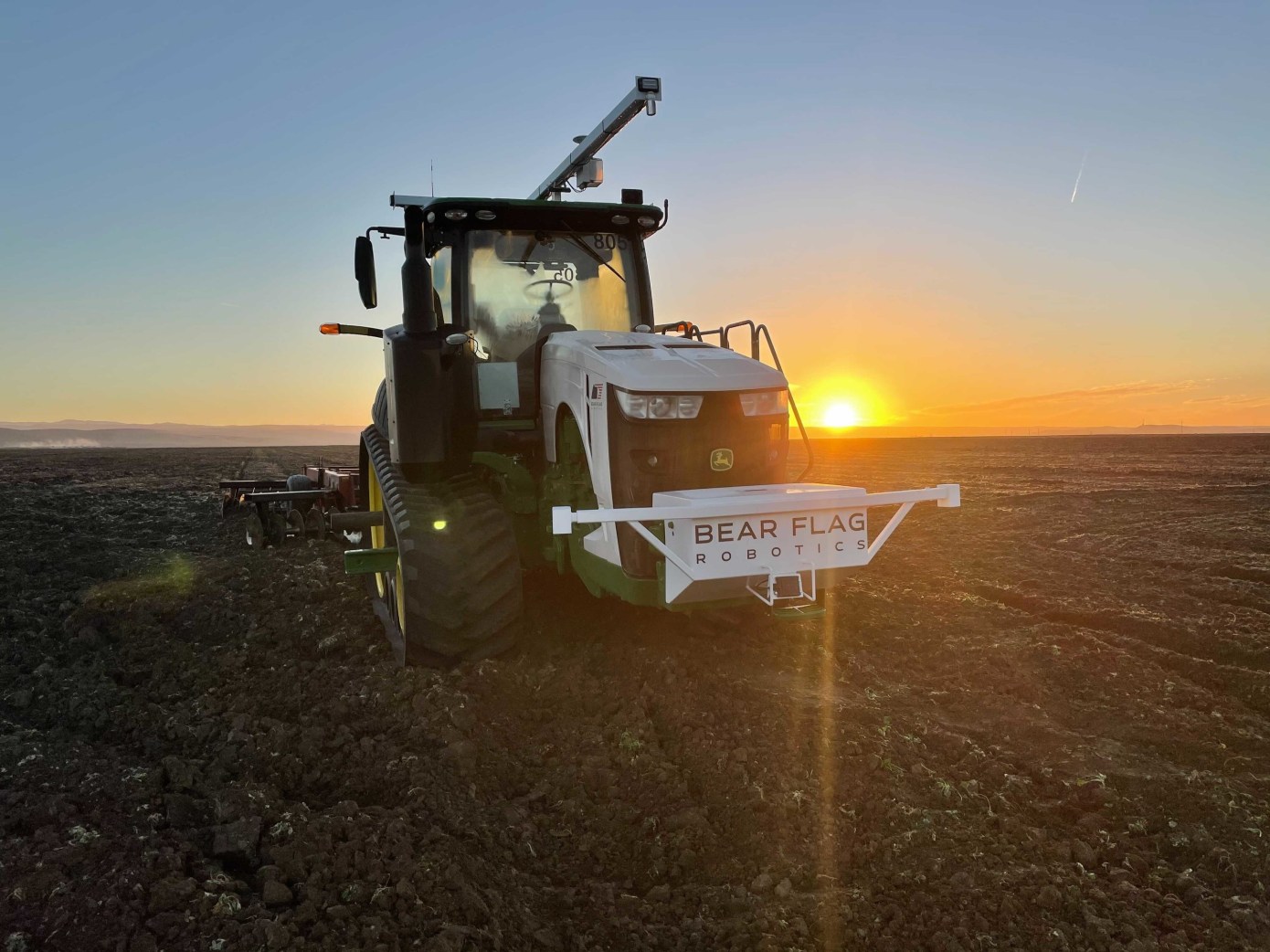
A sizable acquisition this week, John Deere announced plans to buy Bear Flag Robotics for $250 million. We’ve been following Bear Flag since it was a member of the YC cohort. The deal seems like a good outcome for both parties. Bear Flag gets a lot of resources from an agricultural giant like John Deere and Deere gets to step another foot into the world of cutting-edge tech with an autonomous tractor startup.
Says co-founder and CEO Igino Cafiero:
One of the biggest challenges farmers face today is the availability of skilled labor to execute time-sensitive operations that impact farming outcomes. Autonomy offers a safe and productive alternative to address that challenge head on. Bear Flag’s mission to increase global food production and reduce the cost of growing food through machine automation is aligned with Deere’s and we’re excited to join the Deere team to bring autonomy to more farms.
John Deere buys autonomous tractor startup Bear Flag Robotics
Image Credits: Kiwibot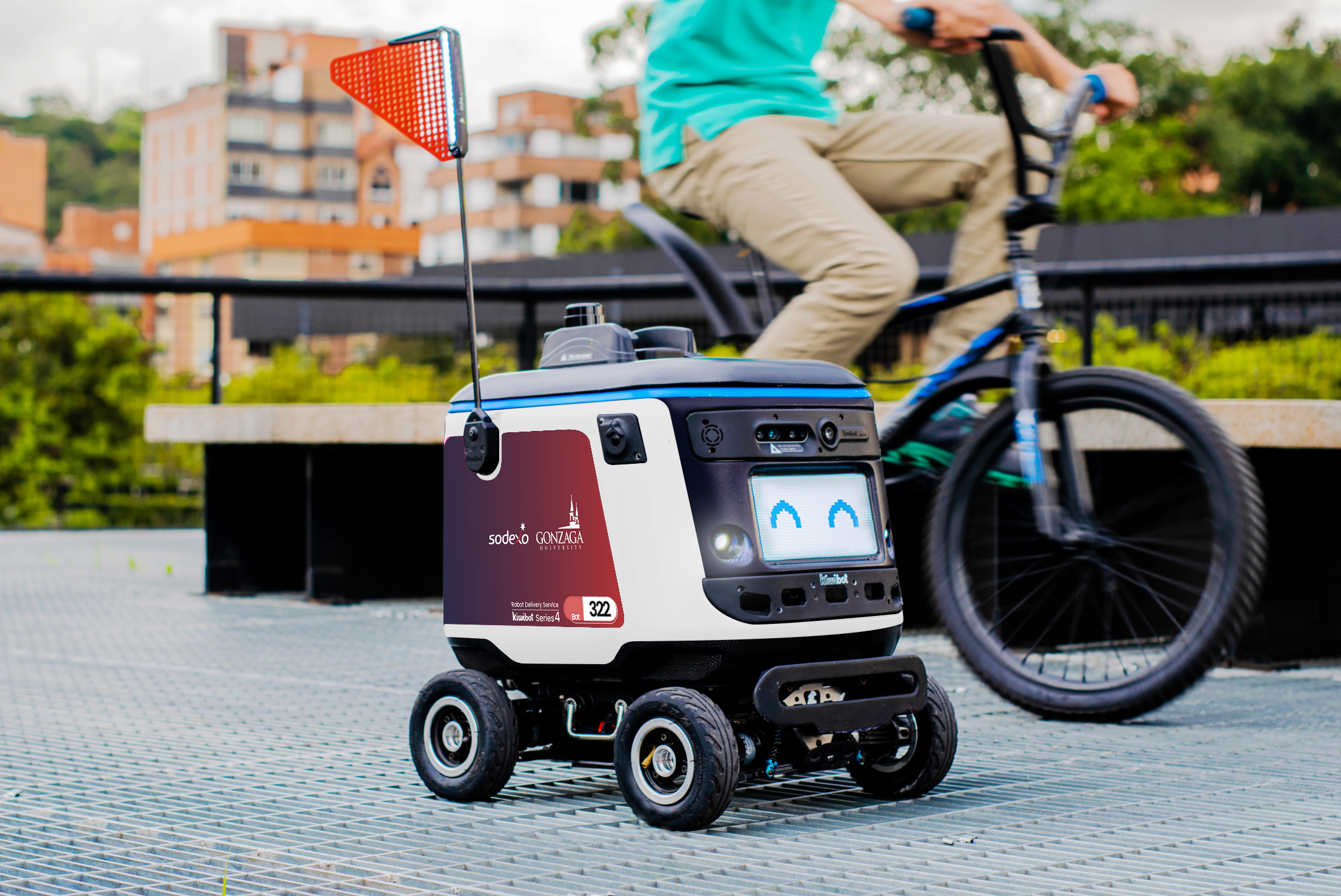
Another startup we’ve been following since its early days, Kiwibot is seeing expansion to a significant number of campuses. In spite of campus shutdowns last year, the Berkeley-based company is actually seeing something of a boom due to the pandemic. COO Diego Varela Prada tells TechCrunch:
We have a procedure to disinfect the bots between orders. If you’re a student and you don’t want to mix into large crowds, I think it’s much safer to order food through Kiwibot and have it delivered to the library or your dorm.
We’ve written about Lidar company Aeva a few times over the years, including last November, when it announced plans to go public via SPAC. This week, the company announced a deal with Nikon that takes it beyond its existing automotive applications. The company says there are a slew of potential applications, though the chip is still about four years away from production. Fields include, “consumer electronics, consumer health, industrial robotics, and security.”
A whole bunch of robots are making their way to Florida late next year, courtesy of Amazon. The company announced this week that it has chosen Tallahassee (birthplace of T-Pain and objectively the best Mountain Goats album) as the home of its next fulfillment center. The company plans to add to its massive arm of warehouse robots for the 630,000-square-foot space, along with 1,000 human jobs.
Image Credits: Berkshire Grey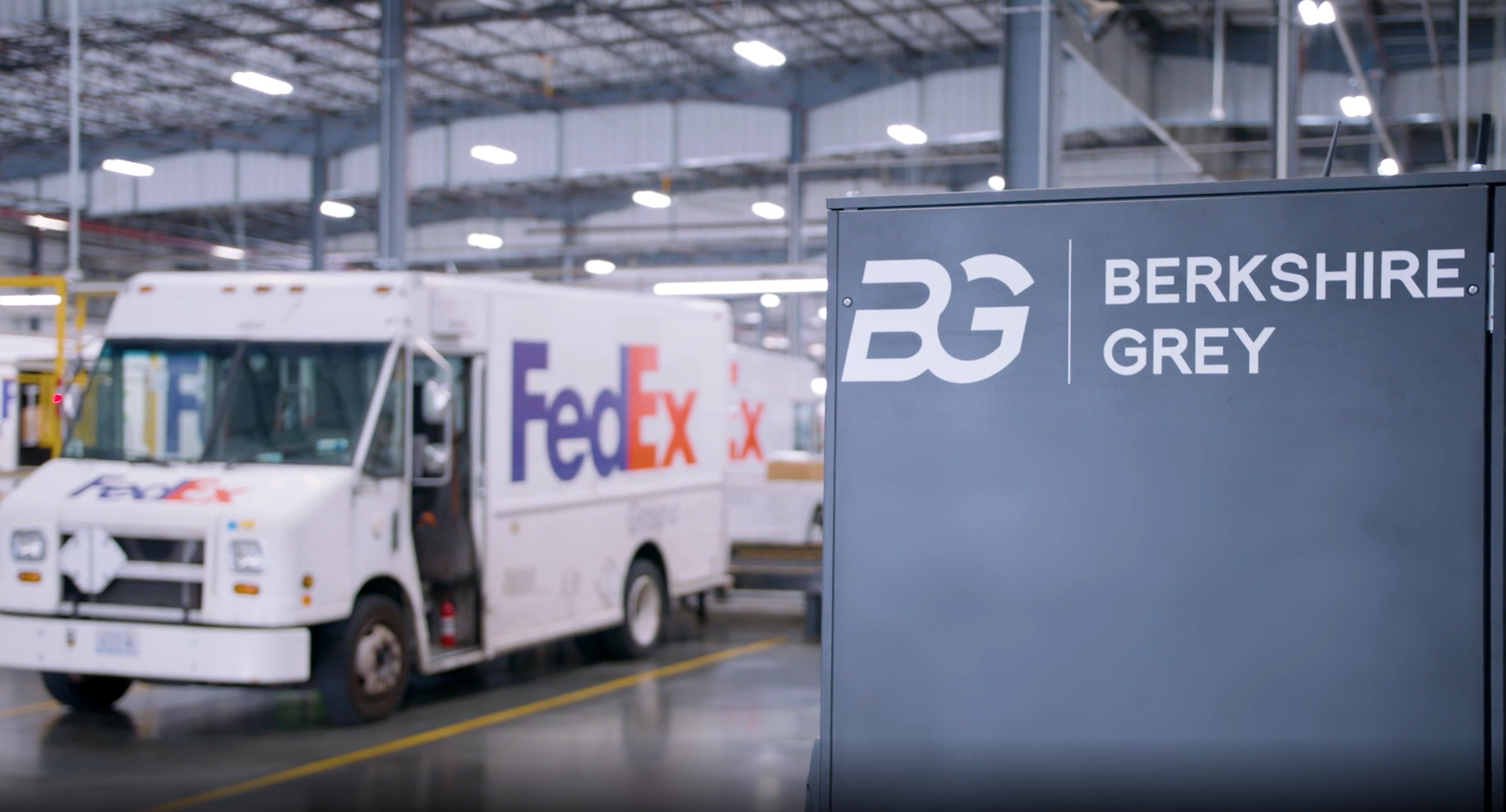
FedEx, meanwhile, has implemented Berkshire Grey robotics at a shipping facility in Queens (the best borough). The systems will identity, pick, sort, collected and containerize primarily small packages like polybags, tubes and padded mailers. The systems are set to roll out to additional locations, including Las Vegas and Columbus, Ohio. Says B.G.,
This technology has been developed and installed as a direct response to the exponential growth of e-commerce, which has accelerated the demand for reliable automated solutions throughout all stages of the supply chain. FedEx Ground believes that continued innovation and automation will improve safety, efficiency, and productivity for its team members as they continue to keep the e-commerce supply chain moving.
Image Credits: Hyphen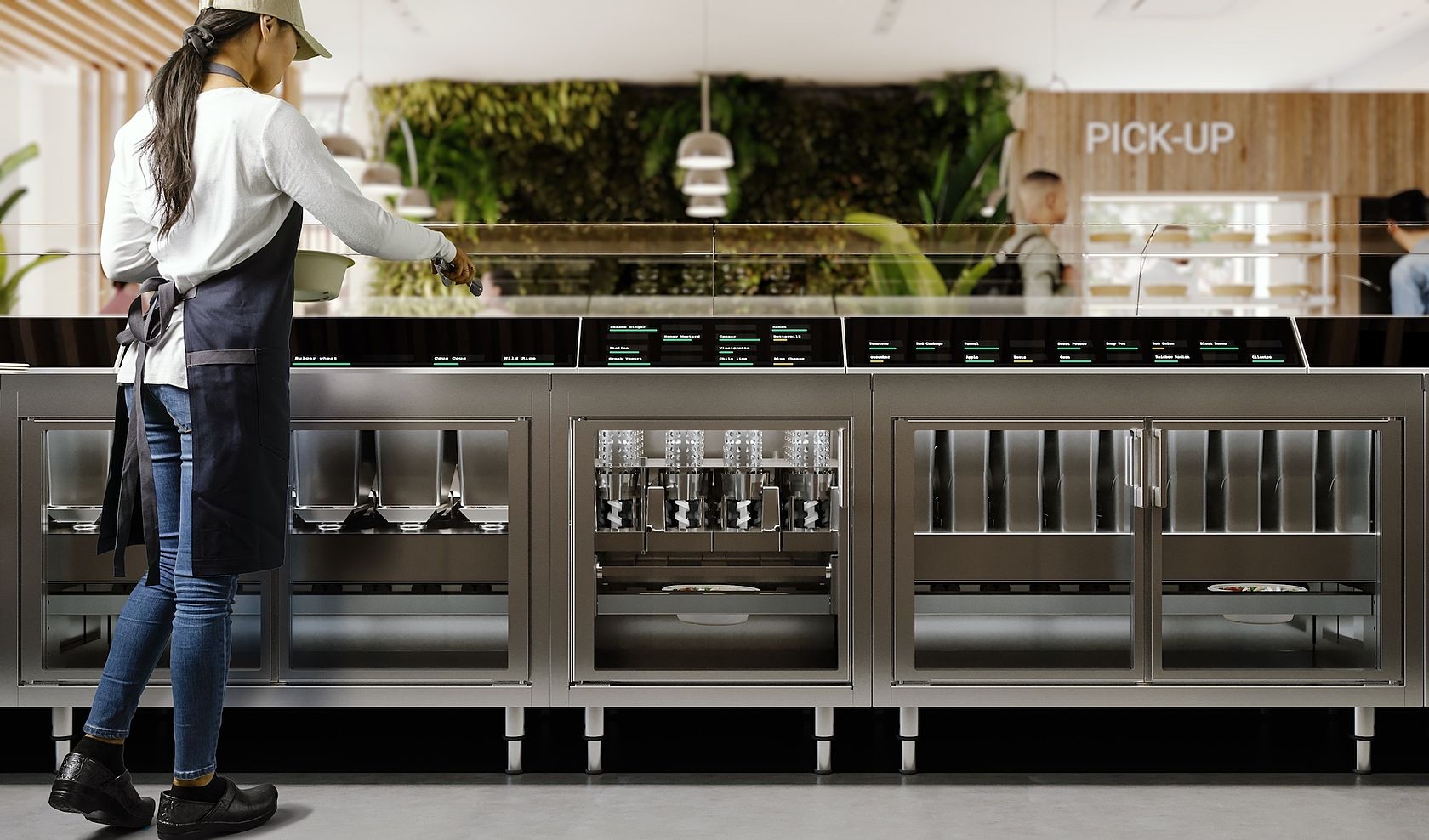
Here’s a new company in the food space worth keeping an eye on. Formerly known as Ono Food Co. (then a food truck company), SF-based Hyphen has come out of stealth with the announcement of its Makeline automated meal platform. The company says the system is able to create up to 350 meals an hour, with the aid of a single staff member.
“[W]e really see ourselves like Shopify,” CEO Stephen Klein said in a release, “but instead of enabling merchants to compete with the likes of Amazon, we’re enabling restaurants to compete with the likes of DoorDash as well as other services and ghost kitchens that have decided to compete with their own customers by offering their own food brands.”
The platform is set to start rolling out this winter with plans for 300 locations in New York City, San Francisco, Los Angeles, Seattle and Phoenix.